The dense forests and vast savannas of Africa and Asia resonate with a secret language far below human hearing range. Elephants, the largest land mammals on Earth, have evolved an extraordinary communication system using infrasound – low-frequency sounds that can travel over ten kilometers through diverse terrain. This biological adaptation allows these highly social animals to maintain complex relationships across enormous distances, sharing information about resources, threats, and reproductive status through what scientists now recognize as one of nature's most sophisticated long-distance communication networks.
The Science Behind Elephant Infrasound
Elephants produce these powerful low-frequency vocalizations through their enormous larynx and unique vocal folds that vibrate at frequencies between 14 to 35 Hz – far below the 20 Hz threshold of human hearing. What's particularly fascinating is how these sounds propagate. Unlike higher frequency sounds that get absorbed by vegetation or dissipate quickly, infrasound waves can bend around obstacles and travel through various mediums with minimal energy loss. Researchers have documented infrasound communication over distances exceeding 10 km in optimal conditions, with the sounds potentially traveling even further during temperature inversions when cool air traps sound waves near the ground.
Field biologists first discovered this phenomenon in the 1980s when they noticed elephants responding to distant calls that human researchers couldn't hear. Using specialized equipment, scientists recorded these vocalizations and played them back to observing herds. The elephants' reactions confirmed they were indeed communicating across impressive distances. Subsequent studies revealed that elephants can distinguish between different types of infrasound calls, recognizing individuals and interpreting specific messages about everything from water sources to approaching predators.
The Social Fabric of Elephant Communication
Elephant societies revolve around matriarchal family units where experienced females lead groups consisting of their daughters and offspring. These close-knit families frequently separate and reunite over large areas, making long-distance communication essential for coordination. Infrasound allows matriarchs to warn multiple family groups simultaneously about dangers like poachers or lions. During musth – the periodic reproductive condition of males – bulls use infrasound to advertise their status to potential mates kilometers away while avoiding direct confrontation with competing males.
Perhaps most remarkably, researchers have documented what appears to be "conversational" turn-taking in elephant infrasound communication. Family members separated by several kilometers will exchange calls in coordinated sequences, suggesting a level of conversational complexity previously unrecognized in non-human animals. Some scientists speculate these exchanges may represent a form of "vocal grooming" that maintains social bonds across distance, analogous to how primates maintain relationships through physical grooming.
Environmental Impact on Infrasonic Communication
The effectiveness of elephant infrasound communication depends heavily on environmental conditions. Temperature, humidity, wind direction, and even time of day all influence how far these low-frequency calls can travel. Elephants appear to have evolved behaviors that optimize transmission, often vocalizing during cooler evening hours when atmospheric conditions favor sound propagation. They also tend to position themselves on elevated terrain or orient their bodies in specific ways that may enhance signal transmission.
Human-made noise pollution presents growing challenges to this ancient communication system. The low-frequency rumble of vehicles, industrial machinery, and even wind turbines overlaps with elephant infrasound frequencies. Conservation biologists have documented instances where elephant groups appear confused or disoriented near noisy human settlements, potentially because their long-distance communication channels are being jammed. This acoustic interference may contribute to human-elephant conflicts as disrupted communication leads elephants to wander unpredictably into agricultural areas.
Conservation Implications and Future Research
Understanding elephant infrasound has become crucial for conservation efforts. Wildlife managers now use infrasound monitoring to track elephant movements across large protected areas and detect poaching activity. Some anti-poaching systems employ infrasound detectors that can pinpoint gunshots over vast distances. Researchers are also exploring how artificial intelligence might help decode the complexities of elephant communication, potentially identifying specific "words" or phrases in their infrasonic repertoire.
The study of elephant infrasound continues to reveal surprising findings. Recent experiments suggest elephants may use ground vibrations – seismic waves generated by their vocalizations – as an additional communication channel. By detecting these vibrations through their sensitive feet and trunks, elephants could effectively "hear" through the ground, extending their communication range even further. This remarkable adaptation demonstrates how evolution has equipped these intelligent giants with multiple solutions for maintaining social cohesion across Africa's and Asia's changing landscapes.
As scientists unravel more mysteries of elephant communication, we gain not only deeper appreciation for these complex creatures but also better tools for their protection. In an era of habitat fragmentation and climate change, preserving the acoustic environments that enable infrasonic communication may prove as important as protecting physical migration corridors. The low-frequency conversations that have connected elephant societies for millennia now face unprecedented challenges – and understanding them may hold the key to ensuring these magnificent animals continue to thrive.
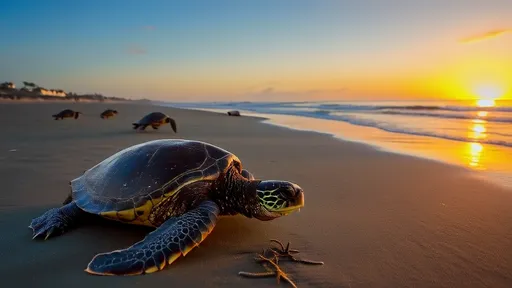
By /Jul 7, 2025

By /Jul 7, 2025
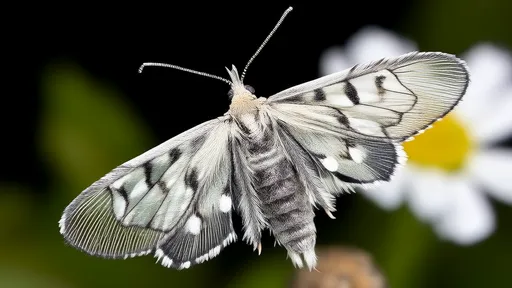
By /Jul 7, 2025

By /Jul 7, 2025
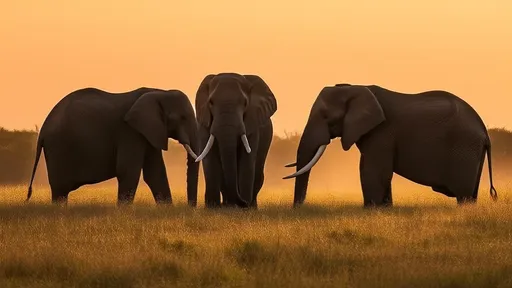
By /Jul 7, 2025
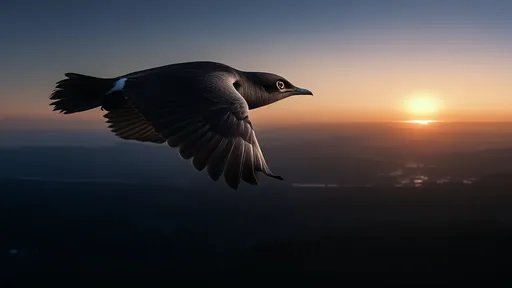
By /Jul 7, 2025
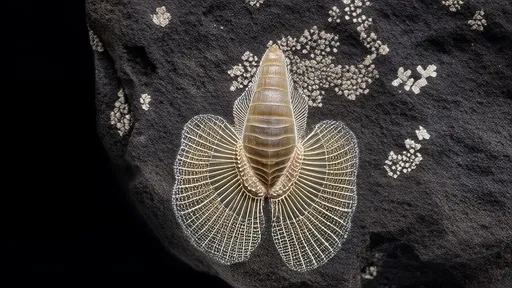
By /Jul 7, 2025

By /Jul 7, 2025
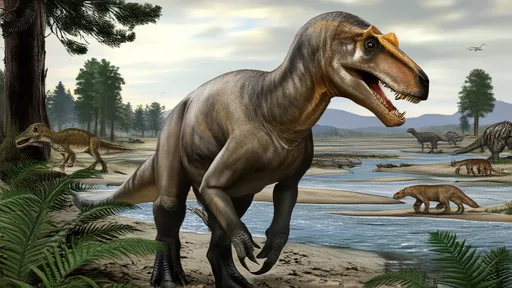
By /Jul 7, 2025
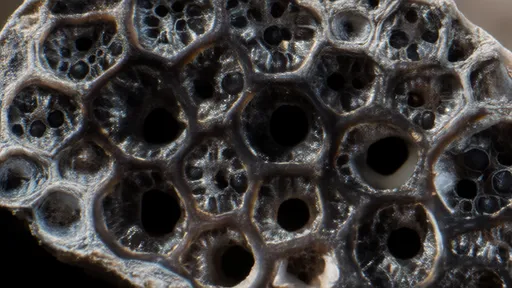
By /Jul 7, 2025
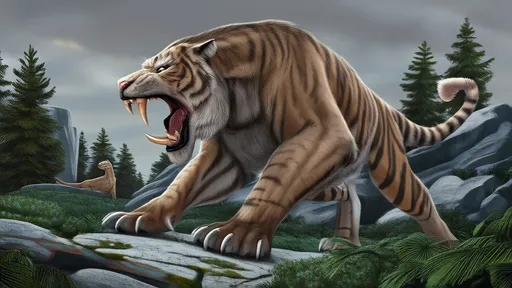
By /Jul 7, 2025
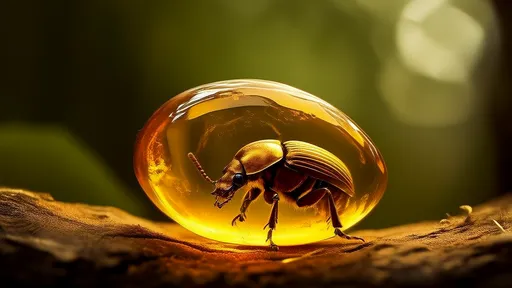
By /Jul 7, 2025
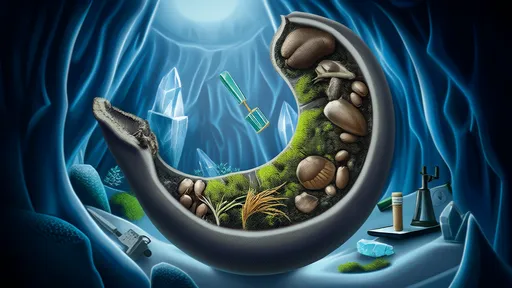
By /Jul 7, 2025
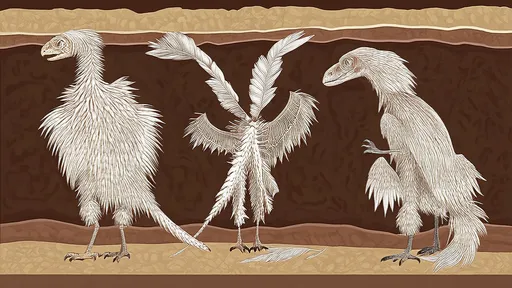
By /Jul 7, 2025
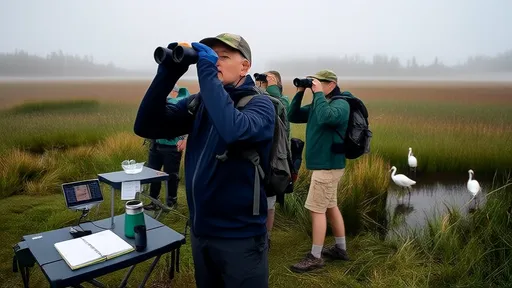
By /Jul 7, 2025

By /Jul 7, 2025
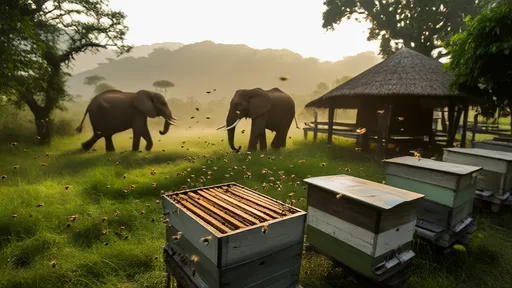
By /Jul 7, 2025

By /Jul 7, 2025